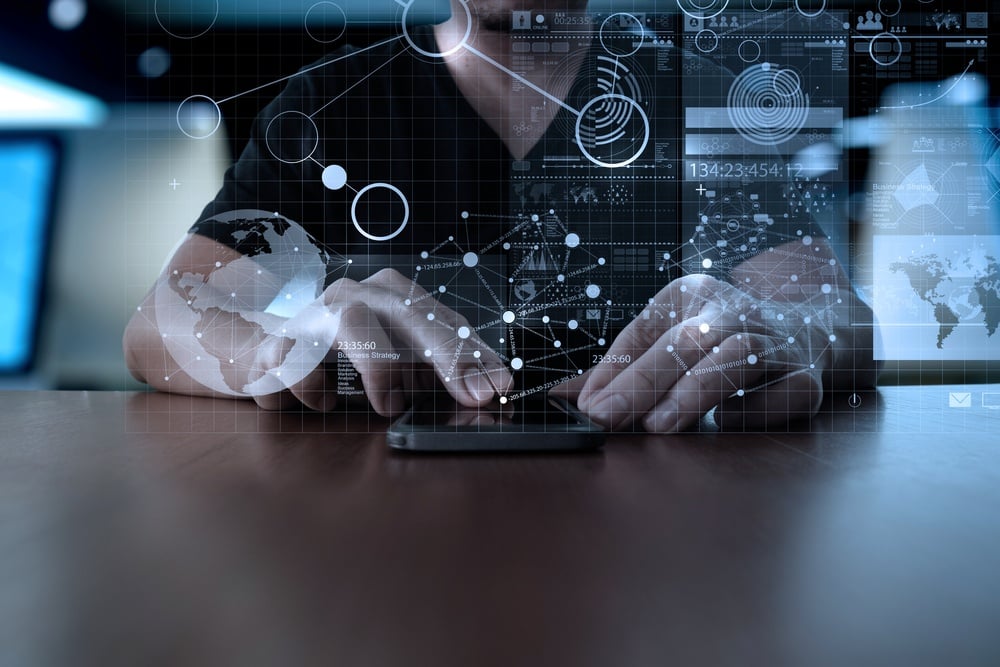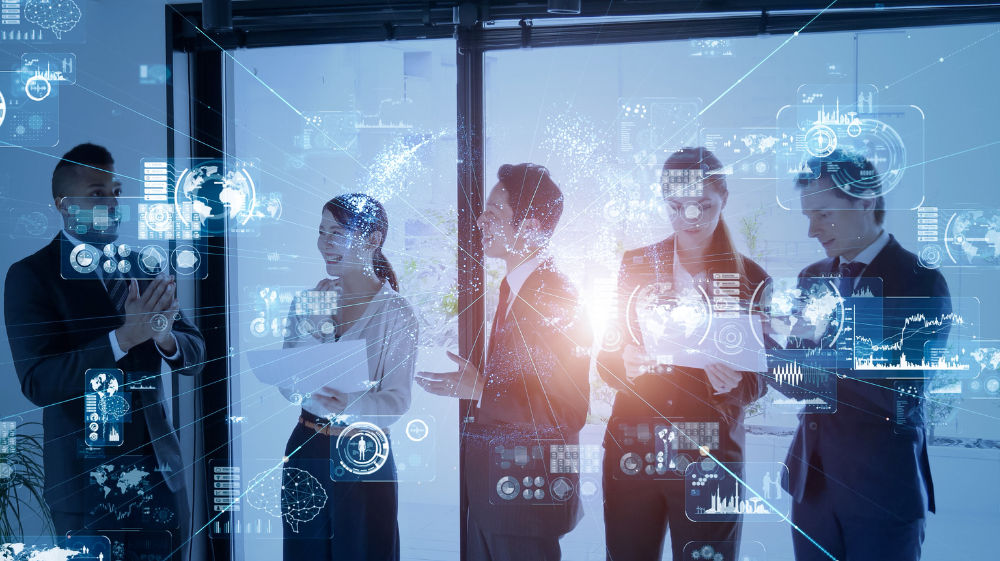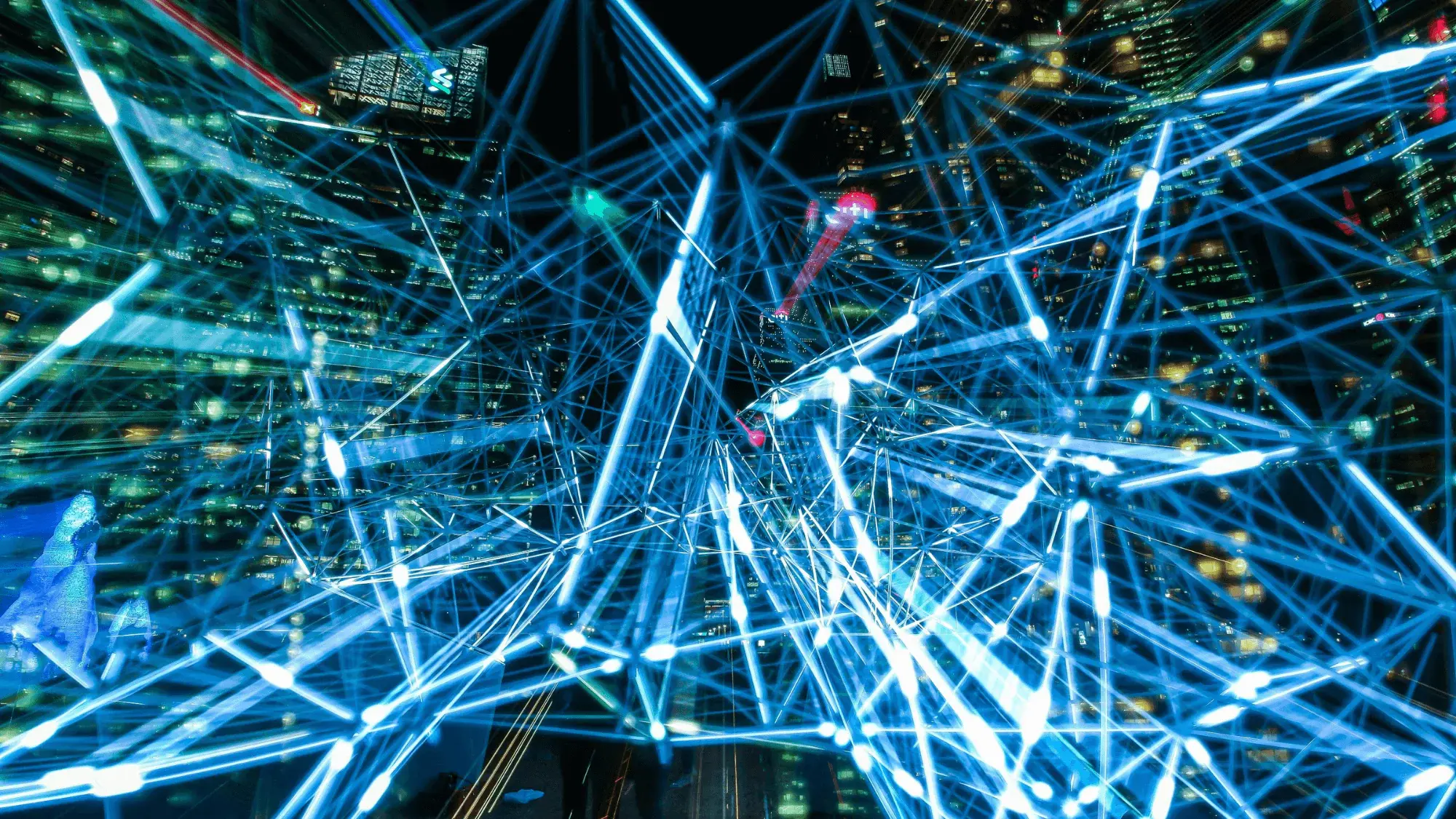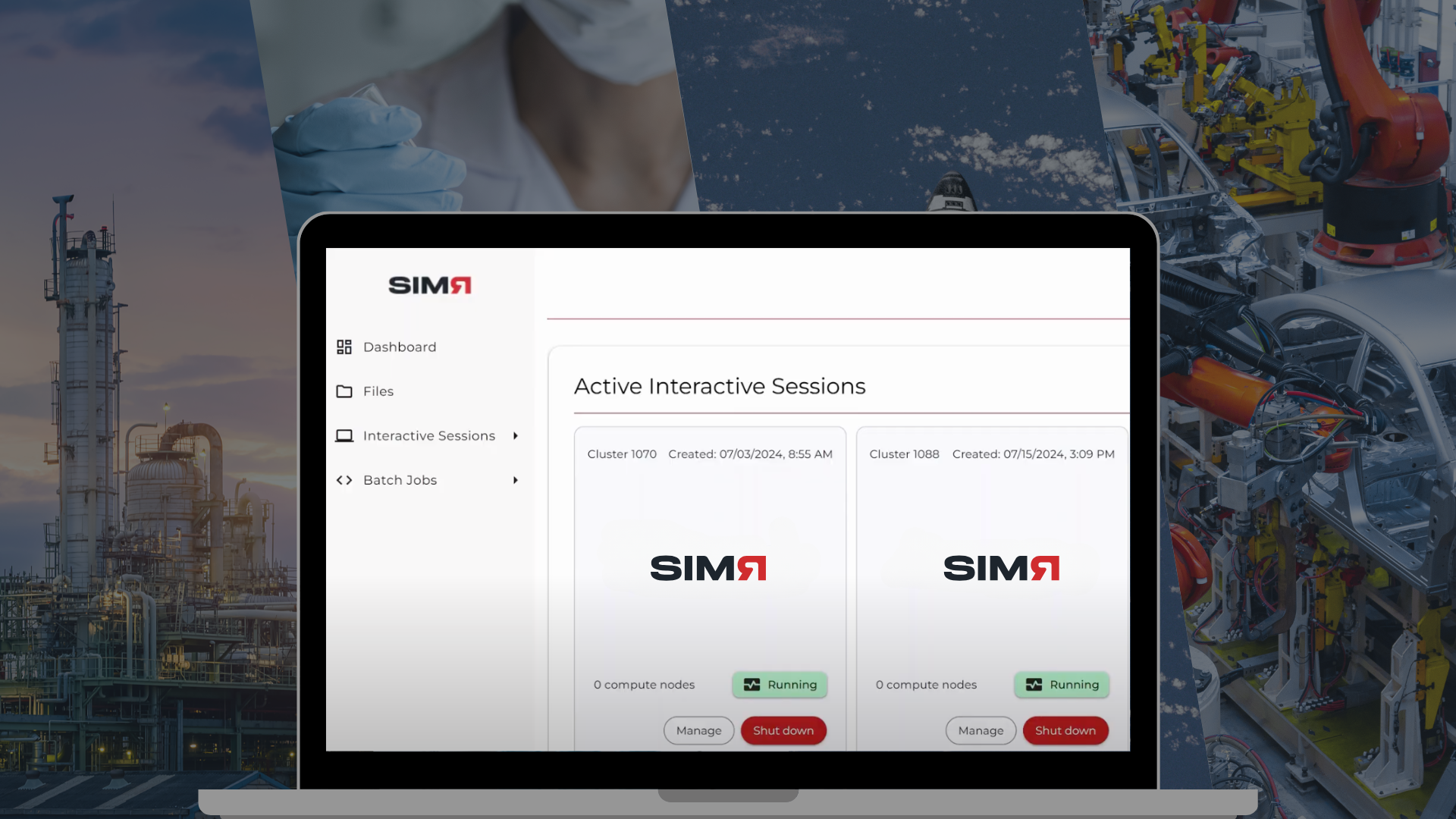
Gartner lists Digital Twins in their top 10 list for strategic technologies, right up there with AI, blockchain and IoT. So what exactly are Digital Twins?
A digital twin is a computer representation of a physical object. In recent years, we have gotten so confident in our understanding of the physical world that we call these computer representations twins. How are they different from a model?
A model is static, while the twin lives out it's digital life just like the real object it represents.
A digital twin isn't one technology. Digital twins are generated by integrating artificial intelligence, software analytics with IoT generated field data to create a living digital simulation.
Why are Digital Twins relevant?
You may ask, if you have the physical object, why do you care to have a digital replica of it.
If you are designing a new version of a jumbo jet, it is very handy to have a digital twin of the jet engine. You can use this digital twin to model the body precisely and shave off many testing cycles. These are are called Product Digital Twins and are used to design new products, monitor existing products, do complex predictive analysis and execute what-if scenarios. The business benefits are far reaching and can minimize unexpected failures in complex systems with preventive maintenance capabilities.
If you are in charge of a complex supply chain, you may benefit from another type of digital twin - the Process Digital Twin. It is easy to picture this as a digital chain of product digital twins enhanced with real-time-data. Such a computer replica may be your only chance to understand how a single decision impacts a complex system. What’s the impact to your launch date, if a factory is out of order due to a natural disaster?
At UberCloud we follow Digital Twins closely. If you have a use case you’d like to discuss, please connect with us.
Sources:
http://www.oracle.com/us/solutions/internetofthings/digital-twins-for-iot-apps-wp-3491953.pdf

.png)




